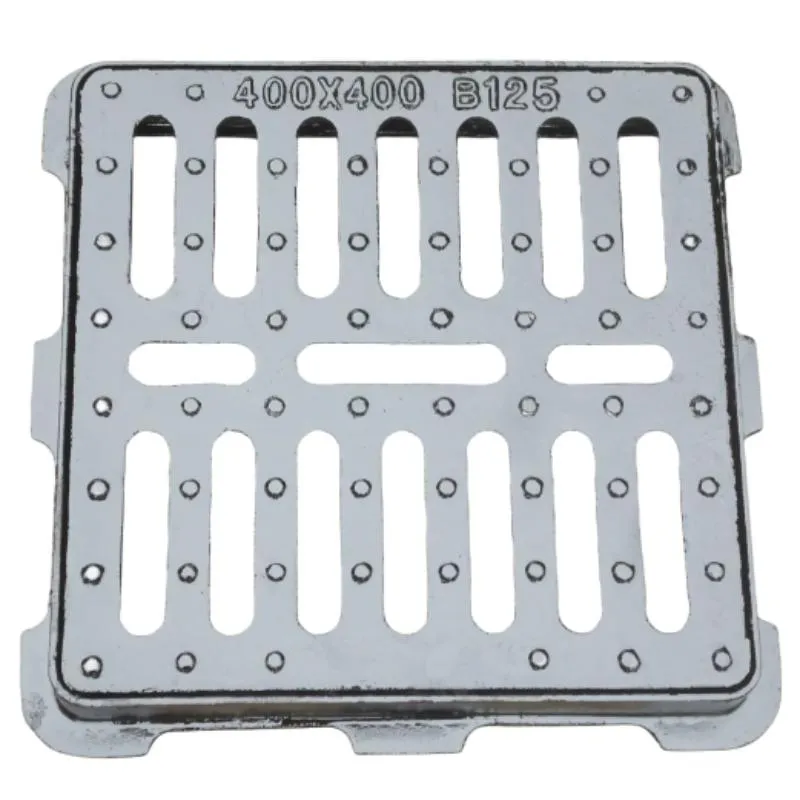parking bollard
The Importance of Parking Bollards in Urban Infrastructure
In the bustling landscape of modern cities, urban planning and infrastructure play a crucial role in ensuring the smooth flow of traffic, the safety of pedestrians, and the overall aesthetic appeal of public spaces. Among the myriad elements contributing to these goals, parking bollards have emerged as an essential component in managing vehicular access and enhancing public safety. These sturdy posts, often overlooked, serve a multifaceted purpose that is vital for urban environments.
Definition and Purpose
Parking bollards are short, sturdy vertical posts typically made from materials like steel, concrete, or plastic. They are strategically placed to control vehicle movement, prevent unauthorized access, and protect pedestrians in busy urban areas. The primary purpose of these structures is to create a clear demarcation between vehicle paths and pedestrian zones, thereby reducing the risk of accidents and improving safety for all road users.
Safety and Security
The implementation of parking bollards is fundamentally about safety
. In areas with heavy foot traffic, such as shopping districts, parks, and public squares, the presence of bollards can significantly reduce the likelihood of vehicular incursions into pedestrian zones. In instances where driver behavior might be unpredictable, such as during events or festivals, bollards provide an additional layer of protection, acting as physical barriers that prevent vehicles from accidentally or intentionally entering crowded spaces.Moreover, in the context of heightened security concerns, particularly in urban centers, these structures can serve as deterrents against potential threats. Fixed or removable bollards can be strategically placed to control vehicular access during major public gatherings, helping to create a secure environment for attendees.
Traffic Management
parking bollard

Beyond safety, parking bollards play a critical role in traffic management. By delineating parking spaces and restricting where vehicles can stop or park, these installations help to organize vehicular flow and ease congestion. In busy urban areas where parking is at a premium, bollards can be deployed to create designated parking zones, ensuring that available spaces are used efficiently and safely.
Additionally, bollards can aid in guiding traffic in a particular direction. Curved or angled bollards can help divert vehicles and encourage adherence to traffic rules, which is particularly important in complex intersections or areas undergoing construction.
Aesthetic Appeal
While functionality is paramount, the aesthetic contribution of parking bollards should not be underestimated. They come in various designs, colors, and materials that can complement the architectural style of a city or a specific area. Decorative bollards can enhance the visual appeal of public spaces, turning a simple safety feature into an element of urban art. Many cities are now taking a more holistic approach to urban planning, choosing bollards that not only serve a purpose but also contribute to the overall beauty and identity of the cityscape.
Environmental Considerations
Modern parking bollards are increasingly being designed with environmental concerns in mind. Eco-friendly materials are now utilized in their construction, and some models incorporate features like solar lights or integrated planters. This integration of sustainability into urban infrastructure demonstrates a commitment to creating greener, more habitable cities. Not only do these initiatives improve aesthetics, they also promote biodiversity in urban settings, providing habitats for insects and contributing to overall urban resilience.
Conclusion
In conclusion, parking bollards are indispensable elements of urban infrastructure that fulfill multiple roles enhancing safety, managing traffic, improving aesthetic appeal, and supporting environmental sustainability. As cities continue to evolve and adapt to the needs of their populations, the importance of well-placed, thoughtfully designed parking bollards will only grow. By prioritizing these structures, urban planners and policymakers can create safer, more organized, and visually appealing public spaces, ultimately fostering a more harmonious coexistence between pedestrians and vehicles in the urban environment.
-
The Smarter Choice for Pedestrian AreasNewsJun.30,2025
-
The Gold Standard in Round Drain CoversNewsJun.30,2025
-
The Gold Standard in Manhole Cover SystemsNewsJun.30,2025
-
Superior Drainage Solutions with Premium Gully GratesNewsJun.30,2025
-
Superior Drainage Solutions for Global InfrastructureNewsJun.30,2025
-
Square Manhole Solutions for Modern InfrastructureNewsJun.30,2025
-
Premium Manhole Covers for Modern InfrastructureNewsJun.30,2025
